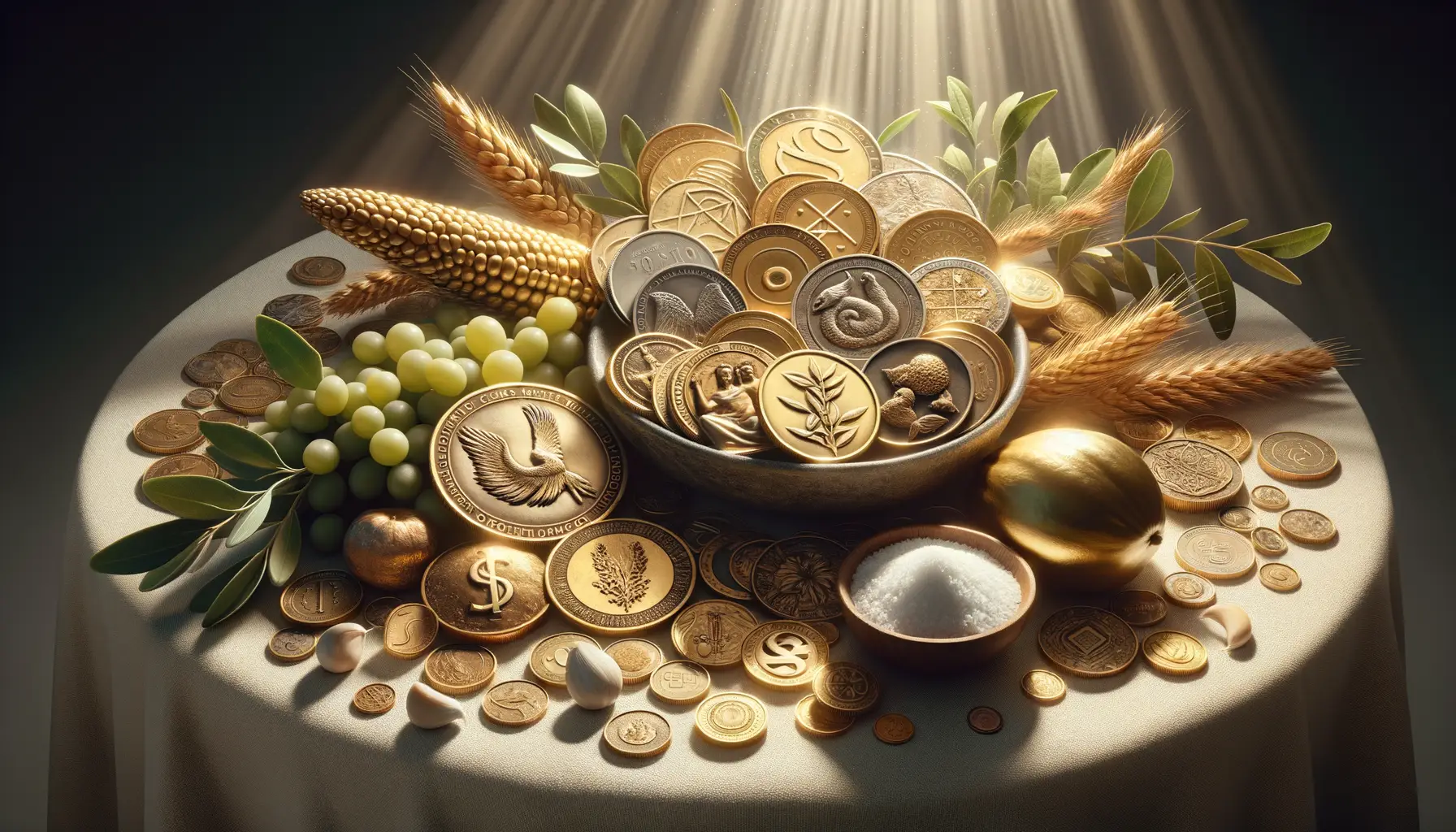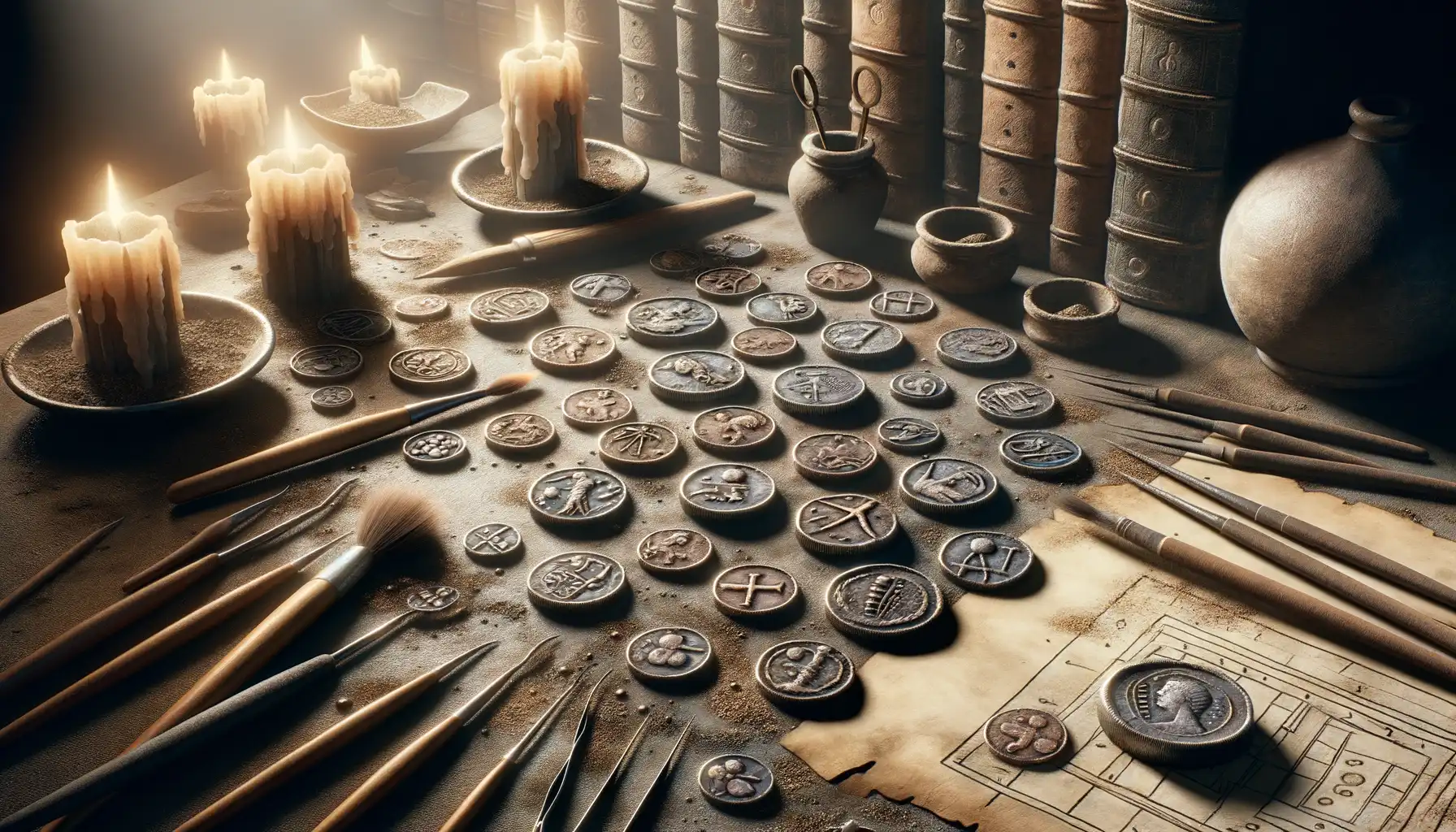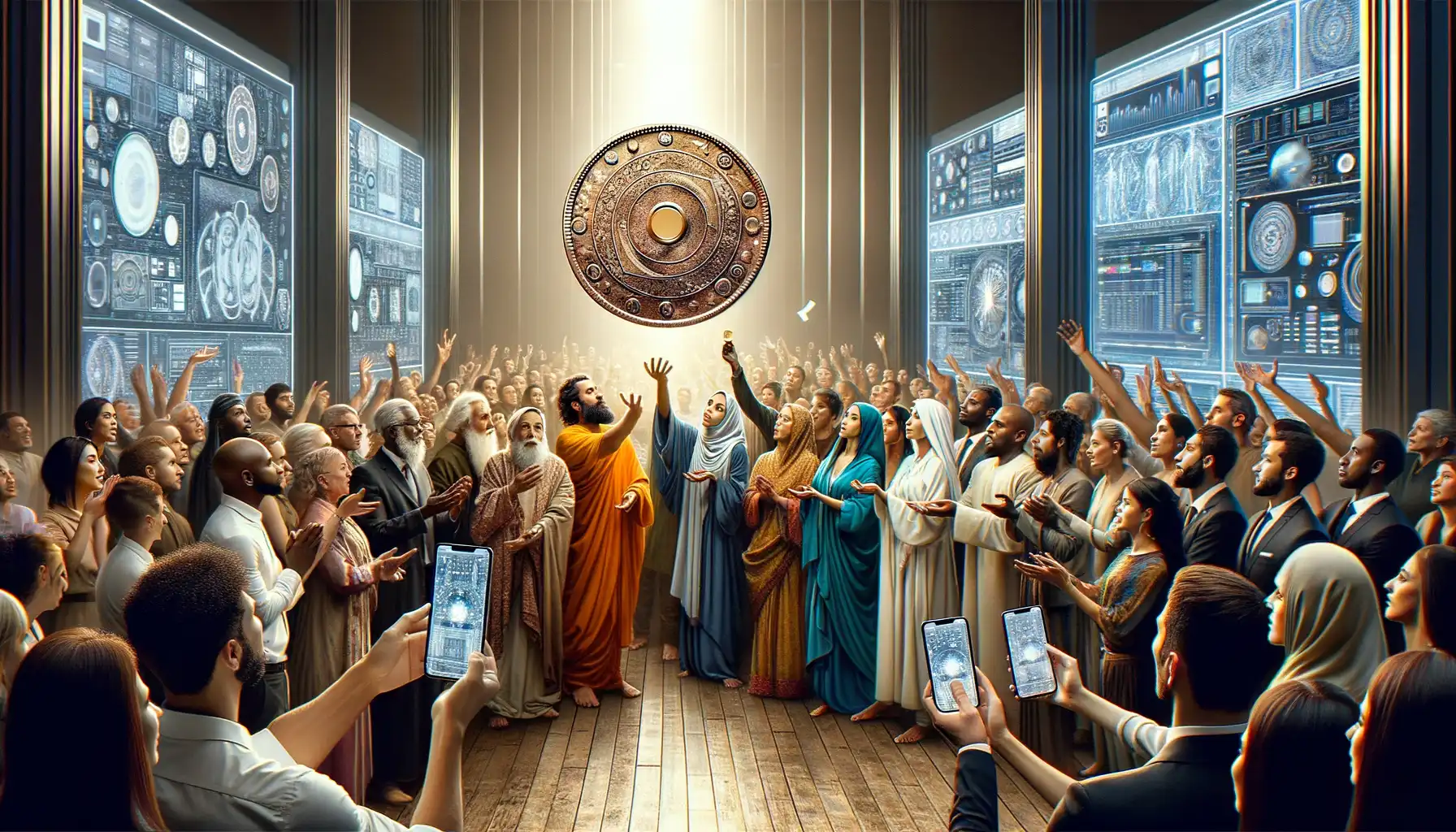Historical Significance of Coins in Healing Practices
Coins as Symbols of Power and Protection
Imagine holding an ancient coin in your hand—its metallic surface weathered by time, yet brimming with untold stories. In ancient healing practices, coins weren’t just currency; they were *conduits of power*. Their metallic composition, often copper, silver, or gold, was believed to have inherent cleansing properties. Ancient cultures saw these materials as more than precious—they carried a *divine energy*.
Take Rome, for example. Coins engraved with the likeness of gods like *Asclepius*, the deity of medicine, were placed on wounds or carried as amulets. These weren’t empty rituals; they reflected a deep trust in the coin’s ability to summon divine protection. And let’s not forget the tactile connection—the act of pressing such a potent object against the skin created a tangible link between the earthly and the spiritual.
- Silver coins were often kept under pillows to ward off sickness during the night.
- Copper coins, believed to balance energy, were rubbed over aching joints in ritualistic movements.
Echoes of Ritual in Everyday Life
Even everyday coins became tools in the hands of healers. Picture a village elder grinding a coin into powder, mixing it with herbs, and presenting it as a cure for an ailing soul. Coins weren’t just objects—they became symbols of hope, passed from person to person, carrying with them whispers of recovery and renewal.
Cultural Variations in Coin-Based Rituals

From Wishing Wells to Healing Springs
Imagine standing by a serene spring, its crystal-clear waters rippling softly. In ancient cultures, tossing a coin into such water wasn’t just a gesture of hope—it was a plea for healing, a whispered prayer carried by the weight of metal. Across the globe, the act of placing a coin in sacred spaces had meaning as diverse as the cultures that practiced it.
Take the Celts, for example—they believed rivers and springs were the dwelling places of mystical deities. Dropping a coin into these waters symbolized an offering, a way to secure blessings or even cure ailments. Meanwhile, in ancient Greece, coins were often slipped under the tongues of the deceased. But this wasn’t strictly about the afterlife; some believed these coins held healing properties, ensuring protection even beyond death.
- In Japan, coins were offered to Shinto shrines, combining gratitude for health with prayers for future well-being.
- Native American tribes sometimes embedded coins into trees during ceremonies, believing the metal’s energy could mend both spirits and bodies.
Every culture tells its story through such rituals, weaving coins into the fabric of belief and tradition. Isn’t it fascinating how something as ordinary as a coin became extraordinary when tied to the hope of healing?
Symbolism and Spiritual Aspects of Coins

The Soulful Connection Between Coins and Energy
Imagine holding a coin in your hand—its cool metal surface glinting in the light. Did you know that coins were once believed to carry not just material value but also sacred energy? In ancient healing rituals, coins weren’t mere objects—they were conduits, messengers between the physical and spiritual realms. Their circular shape symbolized eternity, the unbroken cycle of life and renewal. The very metal they were made from, like bronze or silver, was thought to vibrate with cosmic energies.
Coins often represented offerings to higher powers, a way to align oneself with the divine. For instance, in Greek culture, a coin placed on the body was believed to guide the soul safely to the afterlife. In other traditions, coins were used to invoke blessings, symbolizing gratitude and a request for abundance—from fertile crops to restored health.
- Gold coins embodied prosperity and vitality.
- Silver coins were tied to purity and emotional balance.
- Copper coins, earthy and warm, echoed grounded strength and healing.
To ancient eyes, these small discs weren’t just currency—they were talismans, infused with deep meaning and powerful intention.
Archaeological Evidence of Coin Usage in Healing

Unearthing Hidden Stories from Ancient Coins
Picture this: a small bronze coin, worn smooth by centuries, tucked beneath the cracked floor of a once-bustling Roman bathhouse. What secrets does it hold? Archaeologists have uncovered countless such coins, not just as items of trade or treasure, but as pieces of ancient healing rituals. These discoveries are like whispers from the past, hinting at practices that blended belief and medicine.
Coins were found buried near healing sanctuaries like those dedicated to the Greek god Asclepius. Imagine pilgrims traveling great distances, clutching small offerings, hoping for cures. Some coins even bear markings or inscriptions likely tied to prayers for good health—a direct link between currency and spiritual intent.
- Coins placed in sacred springs or wells, believed to enhance their curative powers.
- Some engraved coins found in burial sites were likely amulets, meant to ward off illness even in the afterlife.
These humble objects act as time capsules, reminding us that ancient people viewed health as more than just the absence of disease—it was a harmonious dance between body, mind, and unseen forces. Who knew a simple coin could bridge the gap between hope and healing?
Modern Interpretations of Ancient Coin Rituals

Reviving Ancient Practices in Today’s Healing Journeys
Have you ever thought about how symbols of the past can transform our lives in modern times? Ancient coin rituals, once deeply connected to healing and restoration, are making a surprising comeback—but not always in ways you’d expect. People are creatively reimagining these age-old practices, blending history with personal intention.
For instance, some individuals carry coins as daily talismans, tucked into wallets or even worn as jewelry. Why? Because a coin isn’t just metal—it’s a story, a whisper from the past. Others incorporate coins into mindfulness exercises, using their tangible weight to anchor themselves during meditation.
- Placing coins under pillows for clarity and good dreams.
- Using them in gratitude jars, where each coin dropped symbolizes a specific blessing or wish.
Modern spas and energy centers have also caught onto this trend. Some offer coin-inspired therapies, where metal discs are gently placed on acupuncture points to channel grounding energy. It’s a fusion of wellness and historical reverence that feels oddly timeless.
Tapping Into Their Symbolic Energy
In a world hungry for meaning, coins become more than artifacts—they’re personal power objects. Gifting someone a coin etched with an ancient design suddenly feels like giving them a piece of resilience, a token of hope. Think about it: what other object combines luck, history, and healing in such a compact, shiny package?
